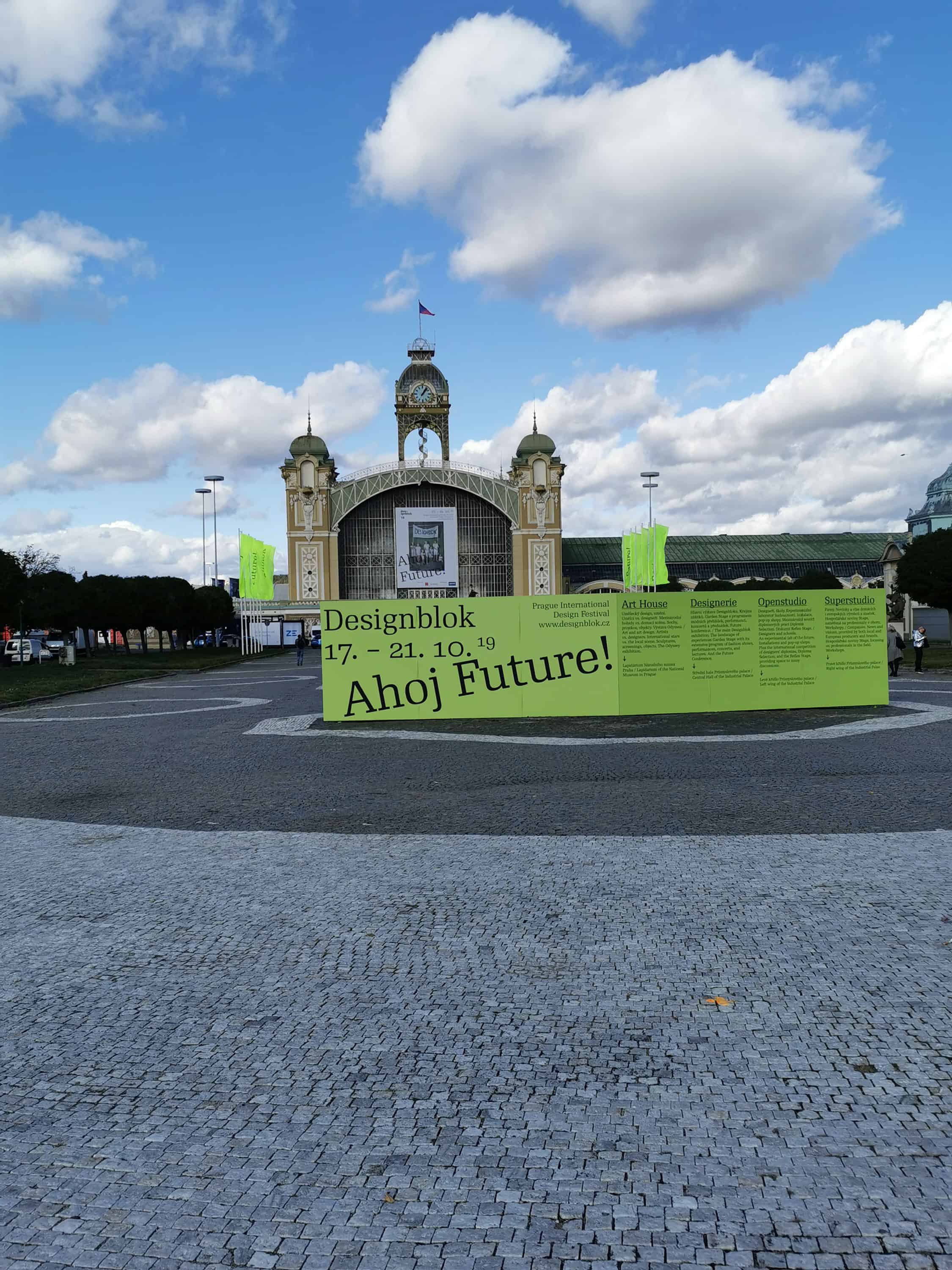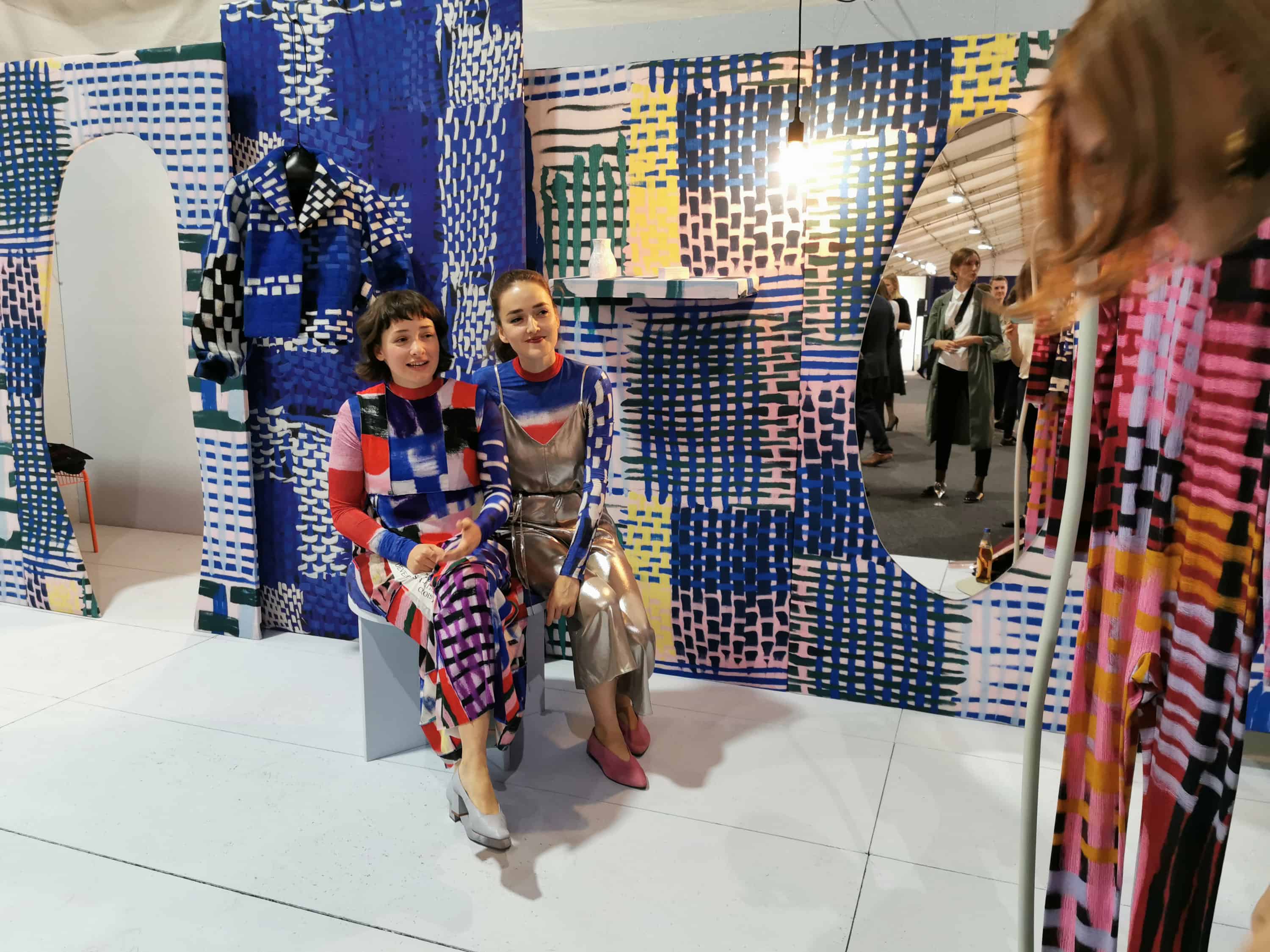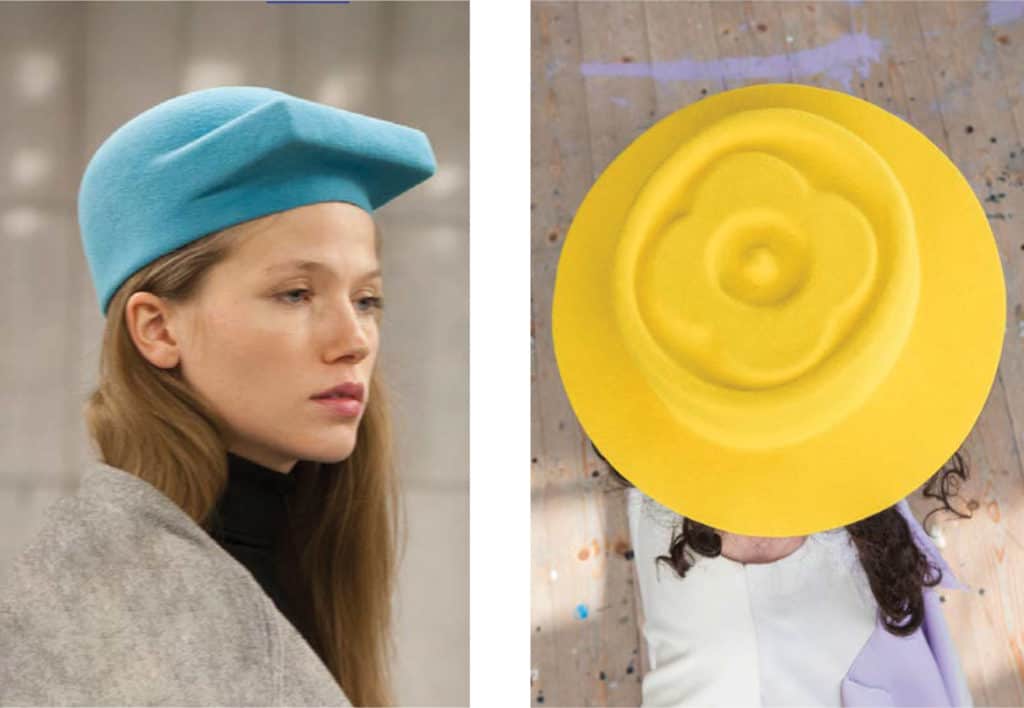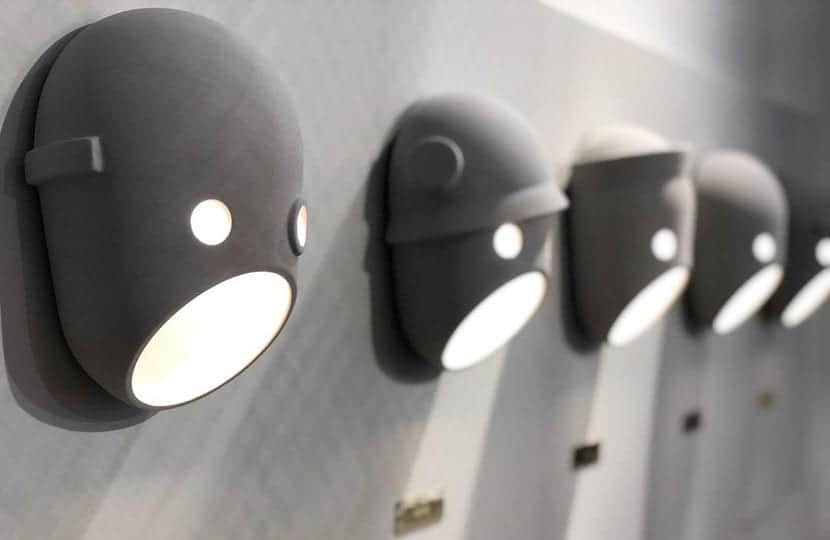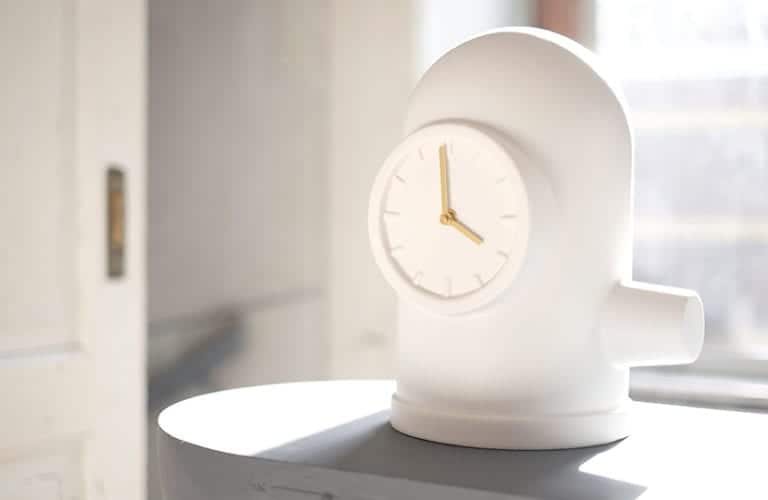Massive neon green flags with the word “Ahoj” (“Hello”) greet us at the entrance of the Industrial Palace, built in the Art Nouveau style in 1891. Today this iconic building, known as a Prague Expo Ground (Výstaviště Praha Holešovice) houses the 21st edition of the Designblok fair – the most extensive design and fashion festival in Czech Republic. This year edition’s topic is “Future” – a buzz word that prompts designers and organisers to ask some simple yet important questions: how we will live in the future? How will we work, play or relax?
Every time we speak about the future, we think about the planet and universe, but we mainly always have our children in mind..[..] said the festival director Jiri Macek at the press conference.
The fair’s official poster seems to pick up on Macek’s thought as it presents playing children against a green background. As I found out, all of the kids on the poster are in fact children of the designers’ team. This unexpected detail made me feel that every element of the event is well thought-through. Further on, at the entrance to the main hall called Designerie, the curators of the fair placed a peculiar object designed by Lucie Koldova, best described as a white inflammable round labyrinth. This interactive soft playground, encouraging everyone to jump and play on it, naturally provides a dose of amusement for the visitors and boosts their mood before they explore two other wings of the building. The fair is packed with the entire spectrum of contemporary design – product, fashion, jewellery and graphic design, so at first glimpse we know the selection process must have been rigorous and only the top designers managed to get their booth in the Industrial Palace.
In the superstudio (right wing of the building) you can find the most cutting-edge designs in furniture, accessories and lighting of various prestigious brand and companies. The openstudio (left wing) is devoted to presentation of designers, design studios, young talents, schools as well as fashion and jewellery designers. Another part of the fair, the Art House, located in the stunning Lapidarium, presents projects blurring the boundary between art and design. Among valuable stone sculptures spanning between the 11th and the 20th century, international and Czech guests present their pieces.
Contemporary Lynx team looked out for new talents and mingled among the exhibitors to discover new design trends in furniture, jewellery, ceramics and everyday objects. See what products and ideas particularly captured our attention.
Organoid Technologies
The duo designers from Organoid Technologies – Fliess-based (Austria) studio presents at their stand a genuinely haptic experience. They want us to feel, smell and touch the surfaces of the booth’s interior. Tiles and wallpapers are made out of natural materials such as fresh Alpine hay, sweet rose petals, lavender flowers, aromatic coffee beans. All the ingredients are ecologically bound in the natural pressing process and manufactured in Tyrol. Thanks to the gentle production process, the natural features of scent, colour and touch are preserved. As they said, the nature is the best designer.
Michal Strach and Repello brand
The young designer Michal Strach created a successful collaboration with Repello Brand. At the fair, the duo introduces for the first time a triptych of toys reflecting very well their motto – Move and Play. At the bright yellow stand, we can find wooden mobiles/cars, bicycles and toys. Some of them are still prototypes. As they both admit, behind the success of the brand lies observation of children and the way how they play and interact with toys.
Tereza Rosalie Klodosova – Fashion Show
Tereza is a recent graduate (2016) from the Academy of Arts, Architecture and Design in Prague. However, she started her label during studies there and has been already awarded with two prestigious titles: Fashion designer of the year 2018 and Grand designer of the year 2018 at Czech Grand Design awards. For the gala night of the Designblok, she prepared a stunning fashion show of her latest collection. Each garment resembles a colourful sculpture. We saw models in oversized monkey-patterned coats or dresses unexpectedly combined with furry shoes. Each piece was spiced up with humour and postmodernist aesthetic. Tereza is also an author of the rickshaw object, located in the main hall that symbolises the preparation for the journey into the future.
Sofia Samareva
We met Sofia at her sophisticated, elegant stand. She is a young successful hat designer. Her story of making hats goes back to 2014 when she began creating very first pieces, blending millinery design with hairstyling to create a range close-fitting, textured, sculptural hats. Her head pieces – funky and witty are still wearable, elegant and practical. Made of traditional felt materials, the hats are playful objects, that managed to escape the traditional conservative look. At the Designblok, she also presents the collection of jewellery that matches the aesthetic of her hats.
Kranen/ Gille
Kranen Gille are a design duo based in Hertogenbosch (Holland). At the Designblok they exhibit “the Party” collection, created in collaboration with Mooi brand. I found their work in the Lapidarium building. Two sets of five wall lamps in the shape of face masks hung above delicate stone columns and a tomb. The minimalistic style of face-like lamps in such a dark and gothic setting, gives a very quirky look. The lamps share the same basic tactile feel, a subtle roughness given by the granular ceramic finish, but are distinguished by their individual style and detailing – say the designers.
Kolektive 318
The stand of Kolektive318 (Marseille-based design gallery) was inspired by Piet Mondrian’s iconic colours combination and filled with piles of mugs. Each is unique and bears a different graphic design on it. The shape of the mug is associated, first of all, with an aesthetics of PRL (People’s The Republic of Poland). However, in the course of time the designers cooperating with the Kolektive 3018 started to treat them as a medium of commentary on the present day and to make reference to the current events or texts of culture.




